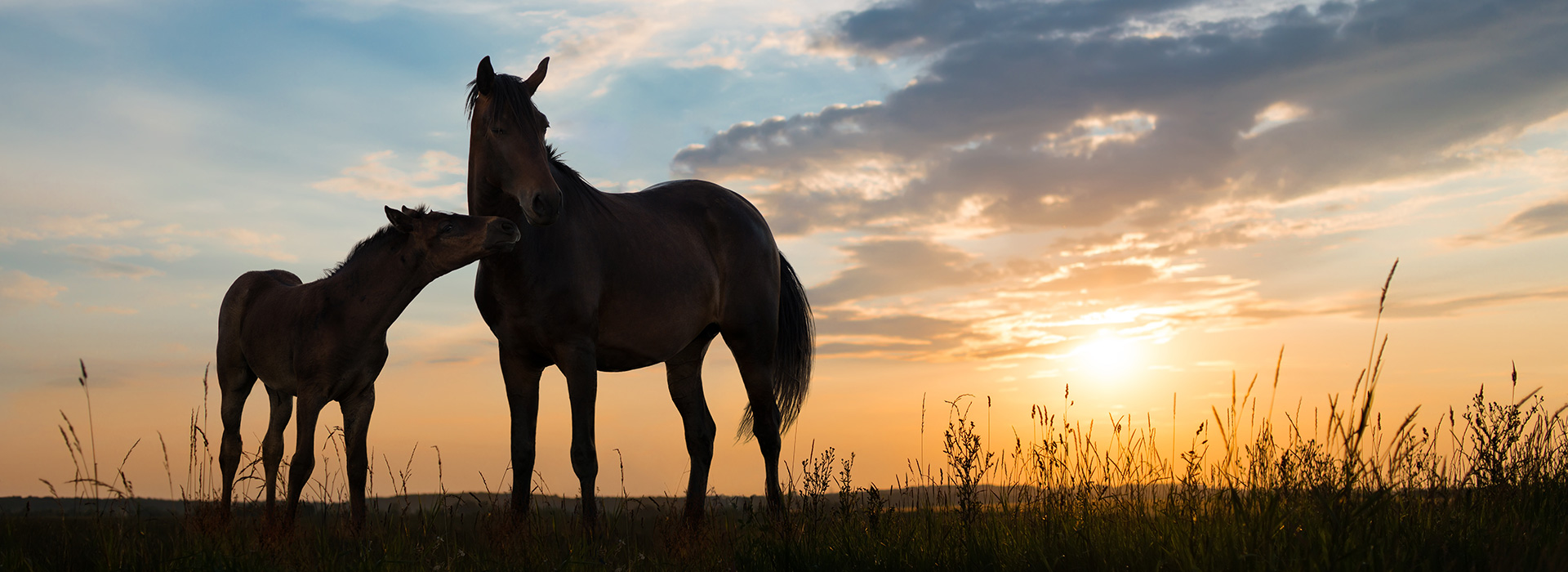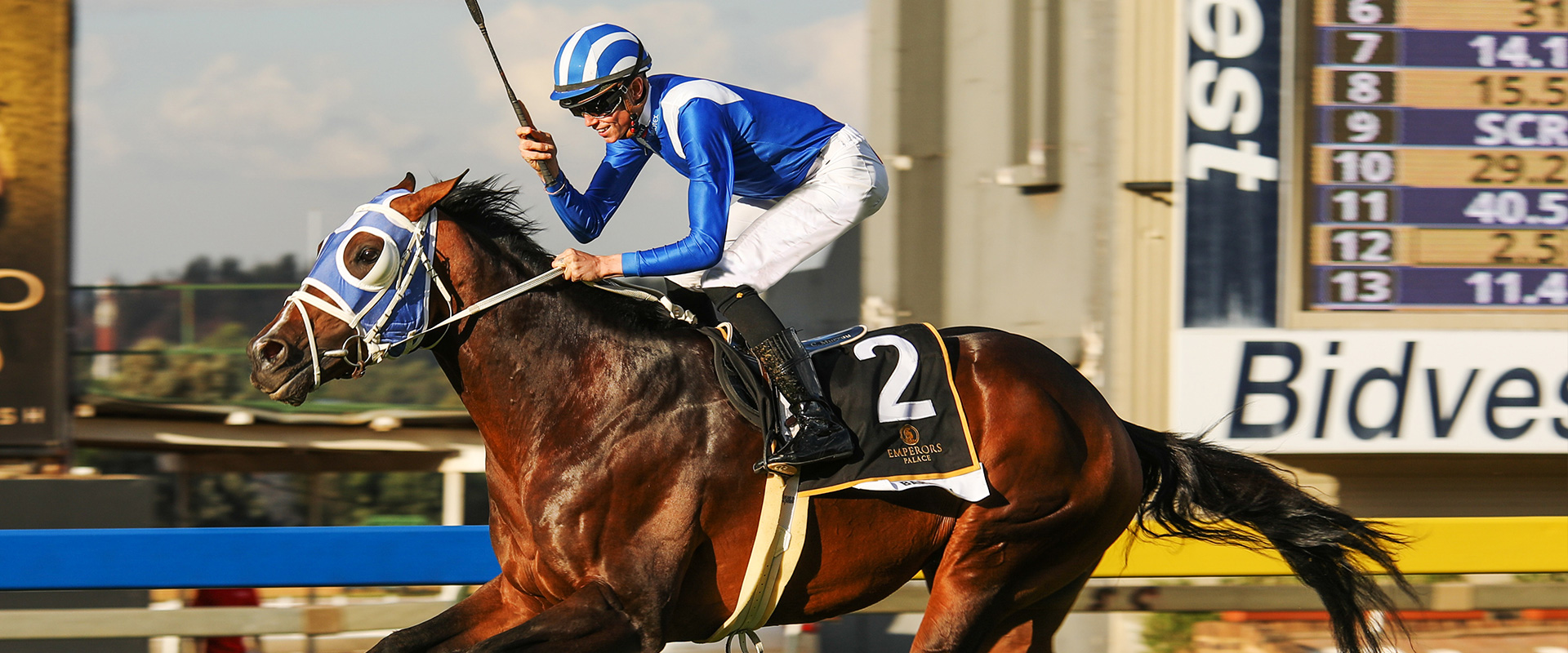When a bag of feed is R10 more expensive than an alternative brand it does raise eyebrows. When the price difference is R20 or more, most horse owners will query whether this is value for money. Interestingly, however, even discrepancies greater than these can become savings!
When it comes to choosing a concentrate for your horse, opting for the bag with the budget price can turn out to be the expensive decision in the long run! Not only does it often cost more in terms of Rands per month to feed cheap concentrates, but the negatives also add up in terms of poor performance, poor condition, the cost of additional supplements, greater quantities fed and the possibility of additional veterinary bills which completely tip the scales.
When selecting your horse feed, you should do so in the manner you would select a veterinarian for your horse. Most horse owners choose a veterinarian based on the quality of service provided, not the price charged for this highly professional work. Your horse’s nutrition should be no less important.
There are many different feeds available on the market today and, without exception, cheaper feeds tend to contain a lot more fillers and less of the better quality ingredients. This is possibly even more relevant in today’s climate, with raw materials increasing in price, and some companies may even swop out previously used ingredients for cheaper options.
The differences in nutritional value between different feeds are significant and, generally, the aid old adage “you get what you pay for” is true.
Contrary to popular belief, the most expensive component of horse feed is not protein but rather the total energy value. Other important factors which add to the end price of better quality concentrates are:
- the amount and type of oils used
- the quality of the vitamins and minerals added
- the selection of starches incorporated- to provide usable energy sources
- the addition of a live yeast culture
- The quality if proteins and amino acids used
- the quality and quantity of the fibres used in the composition.
The correct inclusion of essential Vitamin B and E alone can easily add R4-00 per bag, a live yeast culture up to R8-00/bag and the inclusion of good quality oils can bump the cost up to more than R10-00 per bag. Just these 3 ingredients alone can account for more than R20-00 per bag but in the long run, however, can help you save money, improve performance and ensure that riding, breeding, training or any other equine activity can be fully enjoyed.
Horses are no longer kept for transportation, but rather, because we are passionate about them and equine related sports. Attempting to save R2.00 per day, thus, only to have a horse contract, tying up, laminitis or dangerous colic, all related to the choice of feed, becomes nonsensical.
It must be noted that where a horse is fed, for example, 4kg per day, the difference in feeding costs between a budget feed at R200/40kg compared to a much higher quality product priced at R220/40kg (ie.R20 more per bag) will be R2.00 per day. This becomes a negligible amount when compared to the cost of treating a bad colic, not to mention the costs of adding masses of additional supplements to “make your feed work”, impaired performance and the additional quantity required for feeding which is often required.
GUIDELINES FOR CHOOSING HORSE FEED COST EFFECTIVELY!
Always study the information!
Choice of concentrate has a major cost implication on the upkeep of your horse, hence the importance of studying the bag tag and also of researching all further information provided on the website of any product you use.
Do not make the mistake of stopping your research at the advertised protein level as the protein level per se does not tell the whole story. When comparing products it is important to study factors such as energy value, yeast addition, the amount of fibre, specified vitamin/ mineral levels, the use of organic minerals, fat percentage, the type of oils added and specified amino acids such as lysine.
You will usually notice a vast difference in values across brands, as well as the amount of information offered on the top end products as compared to budget lines which tend to specify only the minimum values as required by law. Keep in mind that this law was passed way back in 1947 and requires the declaration of certain minimum percentages of Protein, Moisture, Fat, Calcium, Phosphorous and Fibre only.
When comparing feeds ensure you are comparing apples with apples. Some companies may display their nutrient values “as added ”, so it will only tell you the amounts put in not what your horse is actually receiving, where as others will give a better picture by detailing “as fed”, this will give a better picture of the actual nutrients your horse is receiving.




